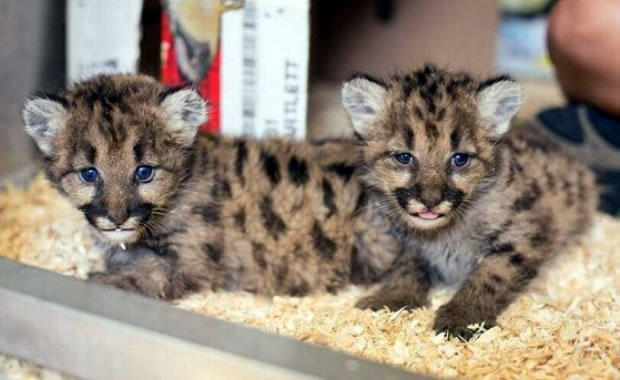

Red Deer
|
Creature Profile
The red deer is a member of the Cervidae family and is native to North America, Asia, northwestern Africa and Europe. It is about four to eight feet long and weighs about 200 to 450 lbs. Females are generally lighter than males. Most males possess an extension of their skull bones referred to as "antlers." Antlers are straight and wrinkled but at the 4th and 5th tines, they form a fork-like structure. Antlers are usually shed in February and begin to grow again in the spring. They may weigh up to 35 lbs depending on the number of tines. The coat of the red deer varies in color depending on the season. In summer it is reddish brown and usually short but in the spring the coat gets thicker and turns gray-brown. Fawns (young deer) are usually spotted, and an adult female may possess faint patches on her coat. In part of the areas where the red deer occurs, a stag (male deer) may grow a neck mane which is usually short. Females do not grow a mane.
The red deer is described as a mixed feeder because it grazes when it has access to open pastureland but also feeds on tree barks, herbs and shrubs. It also feeds on tree shoots, grasses, fruits and seeds. The red deer is predominantly active at night and is a social animal. It prefers woodlands with meadows for habitat but also lives in open deciduous woodlands, coniferous woodlands, upland moors, open mountainous regions and in Mediterranean marquis scrubs. It is a full migrant species, as summer is spent in alpine meadows and winter is spent in valleys. The choice of habitat in the different seasons is made depending on the level of terrain and the area of occurrence. In the native range of the red deer, calving (females giving birth) is high during the month of May and June after a gestation period of about 235 days. An expectant female gives birth to a single young annually. The fawn weighs 13 to 18 lbs after birth and is weaned between the 9th and 12th month. Sexual maturity occurs between the age of 1.5 years and three years, but males only mate when they reach social maturity, usually after five to six years.
Major threats to the red deer include the following: intermixing of the various deer subspecies, parasite infestation resulting from introduction of animals from one geographical range to another, habitat loss due to agricultural activities, overhunting and inbreeding depression. By 2005, the population was estimated to be 2.4 million individuals. This number has dropped drastically resulting from the many threats to the species. Conservation actions taken are improvement of habitats, competition reduction, protection by the Bern Convention under Appendix III, listing on Annex II and IV of EU Habitats and Species Directive. There are several actions that need to be taken to stabilize the population of the red deer.
Wikipedia Article

|
Wikipedia Article Copyright Notice: This article is licensed under the GNU Free Documentation License. It uses material from the Wikipedia article "Red deer". |
April 1, 2017
Glenn, C. R. 2006. "Earth's Endangered Creatures - Red Deer Facts" (Online). Accessed 4/20/2024 at http://earthsendangered.com/profile.asp?sp=102&ID=3.
Need more Red Deer facts?



